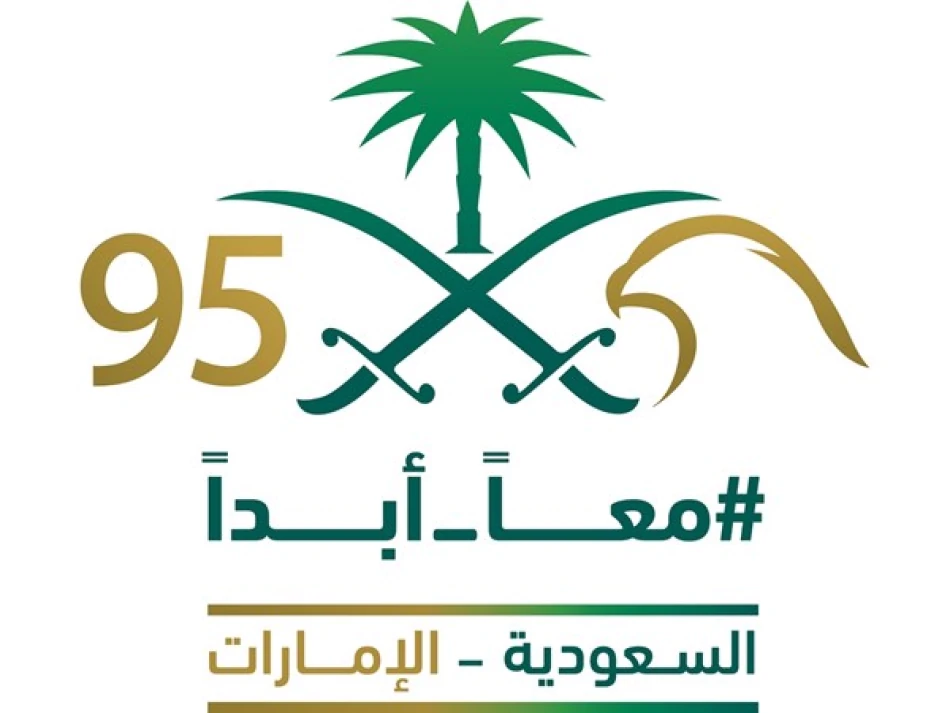
UAE Joins Saudi Arabia's 95th National Day Celebrations with Vibrant Festivities
UAE Joins Saudi Arabia in Celebrating 95th National Day as Strategic Partnership Deepens
The UAE is celebrating alongside Saudi Arabia as the Kingdom marks its 95th National Day on September 23, highlighting a relationship that has grown from brotherly ties into a comprehensive economic and strategic partnership worth billions. With non-oil trade between the two nations reaching $25 billion in the first half of 2025 alone, this alliance represents more than diplomatic courtesy—it's become a cornerstone of Gulf economic integration.
From Founding Fathers to Modern Vision
The UAE-Saudi relationship traces back to the founding leaders Sheikh Zayed bin Sultan Al Nahyan and King Faisal bin Abdulaziz Al Saud. What started as personal bonds between rulers has evolved into institutional cooperation that survived leadership transitions and regional upheavals.
Today, UAE President Sheikh Mohamed bin Zayed Al Nahyan and Saudi King Salman bin Abdulaziz Al Saud continue this tradition. But the relationship has moved beyond ceremonial exchanges to concrete economic results.
The Numbers Tell the Story
Trade figures reveal the depth of this partnership. Non-oil trade hit $41.2 billion in 2024, and preliminary data shows $25 billion in just the first six months of 2025. This puts Saudi Arabia among the UAE's top trading partners, competing with traditional heavyweights like China and India.
Saudi Arabia's Economic Transformation Accelerates
Saudi Arabia's Vision 2030 reform program is delivering measurable results that strengthen its position as a regional economic anchor. The International Monetary Fund raised its 2025 growth forecast for Saudi Arabia to 3.6%, driven by recovering oil production and non-oil sector growth exceeding 3.4%.
Employment and Investment Surge
Saudi unemployment among nationals dropped to a historic low of 6.3% in the first quarter of 2025. Foreign direct investment jumped 44% year-on-year to reach 22.2 billion riyals, signaling growing investor confidence in the Kingdom's economic diversification.
Total investment inflows reached 24 billion riyals in Q1 2025, up 24% from the previous year. These figures suggest Saudi Arabia is successfully reducing its dependence on oil revenues while creating jobs for its young population.
Women Enter the Workforce
Female workforce participation hit a record 36.3% in early 2025. This social transformation, unthinkable a decade ago, adds millions of workers to the economy and signals deeper structural changes in Saudi society.
Green Energy Push Gains Momentum
Saudi Arabia announced new renewable energy projects with 5.3 gigawatts capacity from solar and wind power. This brings total grid-connected renewable capacity to 12.7 gigawatts by year-end, backed by over $8 billion in investments for 15 gigawatts of additional projects.
The NEOM green hydrogen project reached 80% completion, positioning Saudi Arabia as a potential leader in low-carbon fuel exports. This matters because hydrogen could become as valuable as oil in a carbon-constrained world economy.
Digital Economy Takes Shape
Google Pay launched officially through the Mada network, making electronic payments easier for Saudi citizens and residents. The Kingdom also established HUMAIN, an AI company supervised by the Public Investment Fund, focused on developing Arabic-language AI models.
These moves show Saudi Arabia isn't just buying foreign technology—it's building domestic capabilities in critical future industries.
Global Business Hub Emerges
Saudi Arabia attracted 660 regional headquarters of international companies, surpassing its 2030 target of 500 headquarters six years early. This achievement puts the Kingdom ahead of schedule in becoming a regional business hub to rival Dubai and Singapore.
Healthcare and Education Investments Pay Off
Healthcare coverage reached 100% for Saudi citizens and 95.9% for all Kingdom residents by 2024. The Virtual Health Hospital, certified by Guinness as the world's largest, connects 130 hospitals and provides 34 specialized services.
Seven Saudi hospitals rank among the world's top 250, while healthcare sector employment for nationals reached 100,000 by end-2024.
Education Sector Expands Rapidly
Saudi Arabia now has 42 universities and over 40,000 schools. Twenty Saudi universities made the 2025 QS World University Rankings top list, while 28 total Saudi universities earned QS recognition.
The Kingdom sent 23,400 students abroad in 2024 through its scholarship program, investing in human capital that will return with international expertise.
What This Means for Regional Stability
The UAE-Saudi partnership creates a stable axis in a volatile region. With combined GDP exceeding $1 trillion, these two nations can coordinate economic policies, share security costs, and present unified positions on regional issues.
For global investors, this relationship reduces political risk. Companies can build regional strategies knowing the Gulf's two largest economies work together rather than compete destructively.
Saudi Arabia's rapid progress under Vision 2030 strengthens this partnership by creating more opportunities for UAE businesses and investors. As Saudi Arabia diversifies its economy, it becomes a more valuable partner for the already-diversified UAE.
The celebration of Saudi National Day by the UAE reflects more than diplomatic courtesy—it acknowledges a strategic alliance that shapes Middle Eastern economics and politics for years to come.
Most Viewed News

 Layla Al Mansoori
Layla Al Mansoori






